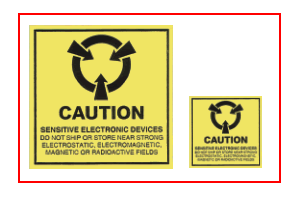Can ESD Wax be applied to bring back dissipative properties?
Q: Into our manufacturing area we have a dissipative floor installed, some areas has lost the dissipative properties, we are using ESD wax to correct those areas.
We are not having good results, we measure point to point and point to ground and these areas still measure insulative, my question is:
The ESD wax only works in floors with dissipative properties, or could it be applied on areas where the floor has lost the dissipation properties?”
A: Thanks for contacting us. This is one of those questions that I like to pounce on, because it brings up many current misconceptions in the ESD flooring industry. I’m going to answer your question about using chemicals to perhaps patch up certain areas in your flooring system, but I’m going to reach beyond that question and give a comparison of the ESD flooring system vs an otherwise non-ESD flooring system with an ESD sealer applied to it. We supply both options here, by the way. I hope you find what you need here and that this response helps guide you in your application.
Read More





